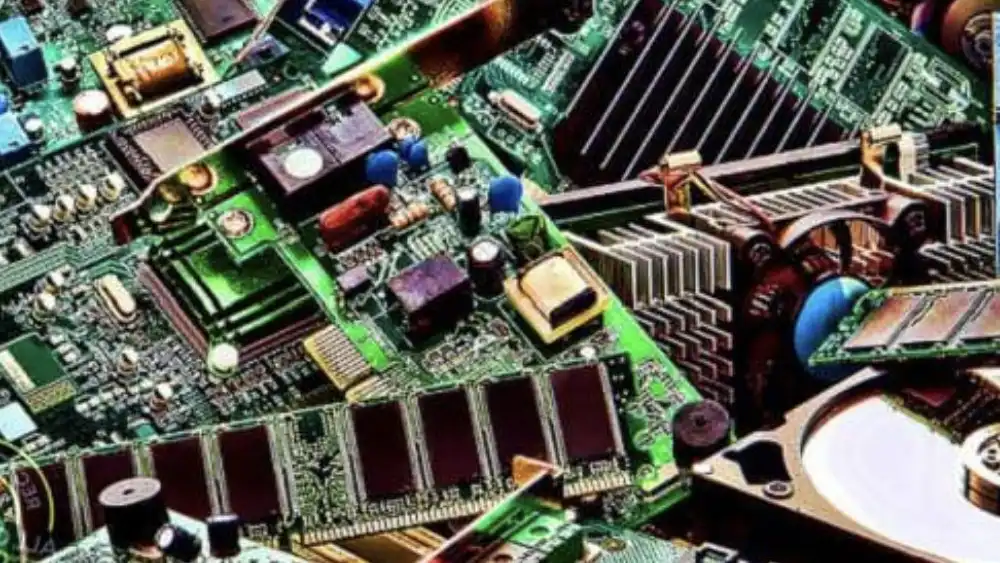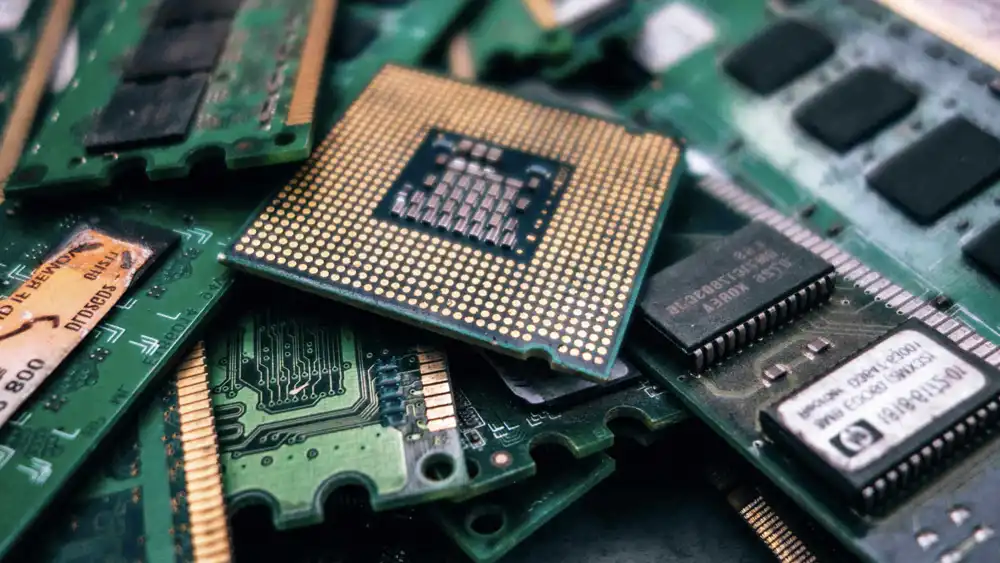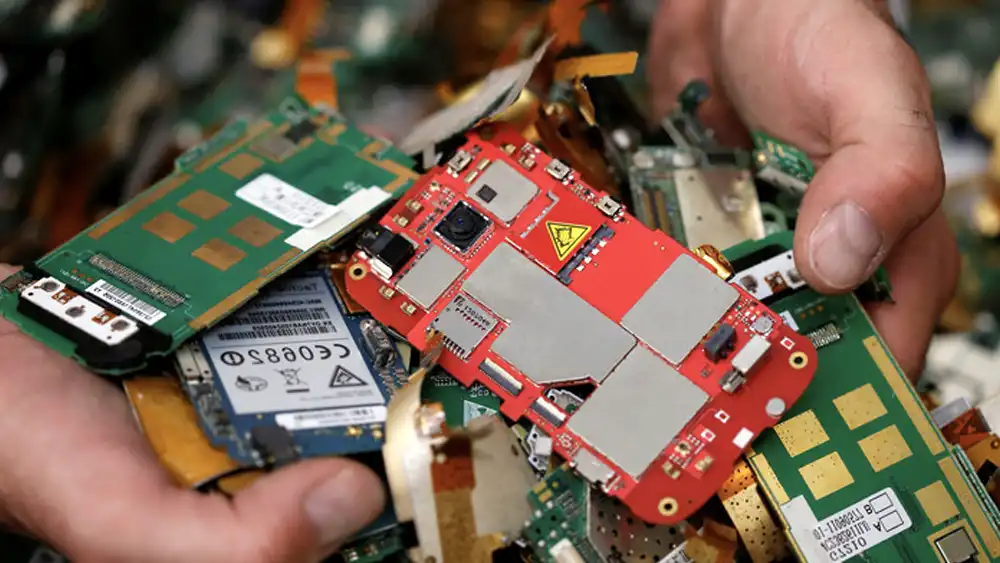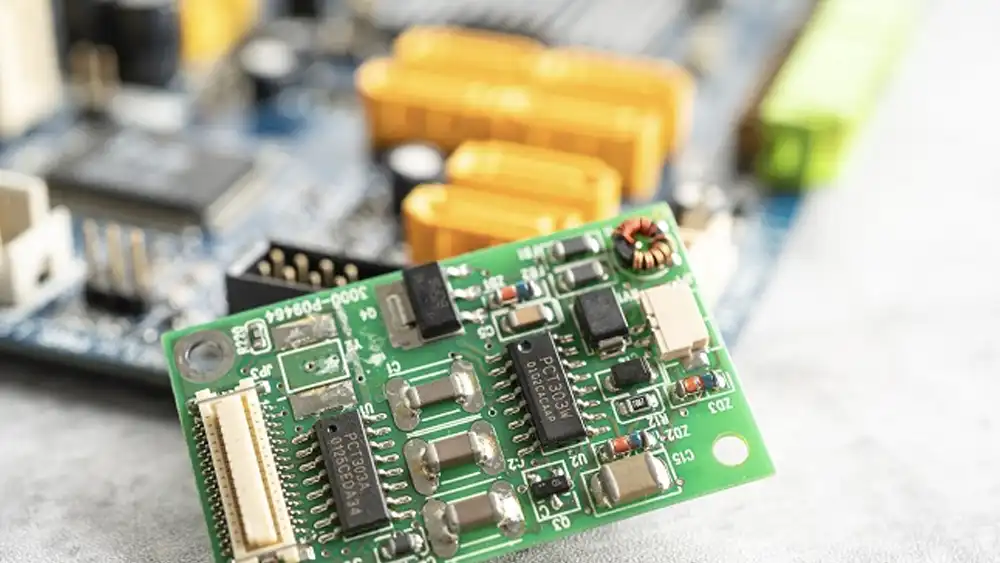Electronic components have wide applications for manufacturing various electronic devices.
From smartphones to laptops, and televisions to refrigerators, these electronic gadgets play a crucial role in keeping us connected and enhancing productivity.
However, with the rapid pace of innovation, these devices quickly become outdated, leading to a significant accumulation of electronic waste, or e-waste.
Importance of Proper Electronic Waste Disposal

Electronic waste poses a severe threat to the environment and human health if not disposed of properly. Many electronic devices contain hazardous materials such as lead, mercury, cadmium, and brominated flame retardants, which can leach into the soil and water, contaminating the ecosystem and endangering both wildlife and humans.
Moreover, improperly disposed of e-waste often ends up in landfills, where it can release toxic substances into the air through incineration or seep into groundwater, further exacerbating environmental pollution. Therefore, it is imperative to adopt responsible methods for disposing of electronic components to minimize their adverse impact on the environment and public health.
What to Do Before Disposing of Electronic Components

Before disposing of electronic components, you need to take several preparatory steps to ensure responsible and environmentally friendly disposal.
Proper preparation can help minimize the impact of electronic waste on the environment and human health. Here are some important actions to consider before disposing of your electronic devices:
1. Back Up Data
Before parting ways with your electronic device, it is crucial to back up any important data stored on it. This includes documents, photos, videos, and any other files that you may need in the future. Backup options may include cloud storage services, external hard drives, or transferring data to a new device. By backing up your data, you can ensure that you retain access to important information even after disposing of the electronic component.
2. Wipe Personal Information
Protect your privacy by thoroughly wiping any personal information from the electronic device before disposing of it. This includes deleting files, clearing browsing history and cookies, and logging out of accounts. Simply resetting the device to factory settings may not be sufficient to remove all traces of personal data. Consider using specialized software or following manufacturer recommendations to ensure that your information is securely erased.
3. Remove Batteries
If your electronic device contains removable batteries, be sure to remove them before disposal. Batteries can pose a risk of leakage or fire if not handled properly, especially if they are damaged or expired. Check the manufacturer’s instructions for guidance on safely removing and disposing of batteries.
Many communities have specific recycling electronic component programs for batteries to ensure that they are recycled or disposed of in an environmentally responsible manner.
4. Uninstall Software and Licenses
If applicable, uninstall any software programs or licenses associated with the electronic device before disposing of it. This includes operating systems, applications, and software subscriptions. Deactivating licenses and removing software not only protects your privacy but also ensures compliance with software usage agreements. Be sure to follow the manufacturer’s instructions for properly uninstalling software and transferring licenses to new devices if necessary.
5. Securely Dispose of Hard Drives
For devices that contain hard drives or solid-state drives (SSDs), it is important to securely dispose of these storage devices to prevent unauthorized access to sensitive data. Simply deleting files or formatting the drive may not completely erase the data. Consider using specialized data destruction methods such as disk wiping, degaussing, or physical destruction to ensure that the data is irrecoverably erased. Alternatively, you can remove the hard drive and physically destroy it before disposing of the remaining components.
6. Check for Recycling Options
Before discarding your electronic device, research recycling options available in your area. Many communities offer electronic waste recycling programs or collection events where you can drop off old devices for recycling or proper disposal. Some electronics retailers and manufacturers also provide take-back programs that allow you to return old devices for recycling. By recycling electronic components, you can help conserve valuable resources and reduce the environmental impact of electronic waste.
Best Practices for Disposing of Electronic Components

1. Reuse and Repurpose
One of the most effective ways to minimize electronic waste is to extend the lifespan of your devices through reuse and repurposing. Instead of discarding old electronics, consider donating them to charitable organizations, schools, or community centers where they can be refurbished and given a second life.
Additionally, you can repurpose old devices for alternative uses, such as turning an old smartphone into a dedicated music player or a security camera monitor.
2. Recycling
Recycling is another crucial aspect of responsible e-waste management. Many electronic components, including metals like aluminum, copper, and gold, can be extracted and recycled to manufacture new products, thus conserving natural resources and reducing the demand for raw materials.
Look for certified e-waste recycling centers or programs in your area that accept electronic devices for recycling. These facilities ensure that the recycling process is conducted in an environmentally responsible manner, minimizing the release of harmful toxins into the environment.
3. Take Advantage of Manufacturer Takeback Programs
Several electronics manufacturers offer takeback programs that allow consumers to return their old devices for recycling or proper disposal. These programs are designed to promote sustainable practices and ensure that electronic waste is managed responsibly.
Before purchasing a new electronic device, inquire about the manufacturer’s takeback program and how you can participate in it. By opting for products from companies that prioritize environmental stewardship, you can contribute to the circular economy and reduce the environmental impact of electronic waste.
4. Dispose of Hazardous Materials Safely
Certain electronic components, such as batteries and fluorescent bulbs, contain hazardous materials that require special handling and disposal procedures. To prevent environmental contamination and potential health risks, it is essential to dispose of these materials safely.
Many communities have designated drop-off locations or collection events for hazardous waste disposal. Take advantage of these resources to ensure that hazardous electronic components are handled and disposed of properly, minimizing the risk of pollution and harm to human health.
5. Stay Informed and Educate Others
Finally, staying informed about the latest developments in e-waste management and educating others about the importance of responsible disposal practices are key steps in promoting sustainable behavior. Share information about electronic waste recycling options with your friends, family, and colleagues, and encourage them to adopt eco-friendly habits. By raising awareness and fostering a culture of environmental responsibility, we can collectively mitigate the negative impacts of electronic waste on our planet.
How Do I Reduce My Electronic Component Waste

Reducing electronic component waste involves several strategies:
- Repair and Maintain: Instead of disposing of malfunctioning electronics, consider repairing them. Many issues can be fixed with simple repairs or replacements of parts. Regular maintenance can also extend the lifespan of electronic devices.
- Reuse: Donate or sell electronic components that are still functional but no longer needed. This extends the life of the components and reduces the demand for new ones.
- Recycle Responsibly: When electronics reach the end of their life, recycle them properly. Many electronics contain hazardous materials that can harm the environment if not disposed of correctly. Look for certified electronic recyclers who adhere to proper recycling practices.
- Buy Durable Products: Invest in high-quality electronics that are designed to last longer. Quality products tend to have better build quality and are less likely to fail prematurely, reducing the need for frequent replacements.
- Consider Upgradability: Choose electronic devices that allow for component upgrades rather than complete replacement. Upgrading individual components such as memory, storage, or graphics cards can extend the lifespan of the device and reduce electronic waste.
- Choose Environmentally-Friendly Brands: Support brands that prioritize sustainability and environmentally-friendly manufacturing processes. Look for companies that offer take-back programs or use recycled materials in their products.
- Minimalism and Conscious Consumption: Evaluate your actual needs before purchasing new electronics. Avoid impulse buys and opt for multipurpose devices when possible. By consuming less, you reduce the overall electronic waste generated.
- Educate Yourself and Others: Spread awareness about the importance of reducing electronic waste and the available options for responsible disposal and recycling. Encourage others to adopt sustainable practices as well.
Implementing these strategies, you can significantly reduce electronic component waste and contribute to a healthier environment.
Conclusion
Disposing of electronic components responsibly is crucial for safeguarding the environment and public health. By following the best practices outlined in this guide, you can play a significant role in reducing electronic waste and promoting sustainability.
Whether it’s reusing old devices, recycling electronic components, or participating in manufacturer takeback programs, every individual can make a difference in the fight against e-waste pollution. Together, let’s strive to create a more sustainable future for generations to come.




















